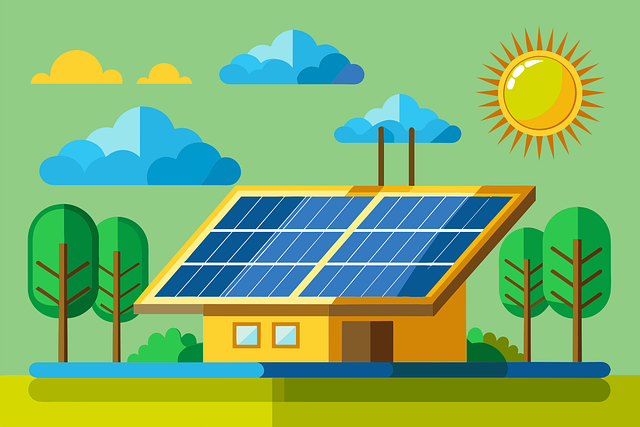Agriculture has been undergoing a technological revolution in recent years, with the advent of Artificial Intelligence (AI) presenting new opportunities for farmers worldwide. This post explores how free AI farming tools are transforming traditional farming practices, enhancing productivity, sustainability, and profitability.
Understanding AI in Agriculture
AI in agriculture involves the application of advanced technologies such as machine learning, computer vision, and data analytics to optimize various farming processes. These tools analyze vast amounts of data, including weather patterns, soil conditions, crop health, and market trends, to provide actionable insights for farmers.
Precision Farming: Enhancing Efficiency and Sustainability
Precision farming is a key application of AI in agriculture, enabling farmers to optimize inputs such as water, fertilizers, and pesticides while minimizing waste. Through the use of sensors, drones, and satellite imagery, AI-powered precision farming tools provide real-time monitoring and analysis of crop conditions, allowing for targeted interventions and improved resource management.
Remote Sensing Technologies
Remote sensing technologies, such as satellite imagery and drones equipped with multispectral cameras, capture high-resolution data on crop health, soil moisture levels, and pest infestations. AI algorithms then analyze this data to identify areas of concern and recommend appropriate actions, such as adjusting irrigation schedules or applying targeted treatments.
Predictive Analytics
AI algorithms can analyze historical data and current environmental conditions to predict future crop yields, pest outbreaks, and disease outbreaks.
By providing early warnings and actionable insights, predictive analytics enable farmers to proactively manage risks and optimize decision-making.
Variable Rate Technology (VRT)
VRT leverages AI to adjust input application rates based on spatial variability within fields. By tailoring inputs to specific soil and crop requirements, VRT maximizes resource efficiency and reduces environmental impact, ultimately improving crop yields and profitability.
Crop Monitoring and Management: Maximizing Yield and Quality
AI-powered crop monitoring and management tools enable farmers to monitor crop growth, detect abnormalities, and optimize cultivation practices in real time.
By leveraging machine learning algorithms and computer vision technology, these tools automate labor-intensive tasks and provide timely recommendations for enhancing yield and quality.
Plant Disease Detection
AI algorithms trained on vast datasets of plant images can accurately identify common diseases and pests affecting crops. By detecting signs of disease early, farmers can take prompt action to mitigate damage and prevent further spread, reducing the need for chemical treatments and preserving crop health.
Weed Identification and Management
AI-powered weed identification systems use computer vision to distinguish between crops and weeds, enabling targeted weed control strategies. By selectively applying herbicides only where needed, farmers can reduce chemical usage and minimize environmental impact, while also saving time and labor.
Yield Prediction and Optimization
AI algorithms analyze a variety of factors, including weather conditions, soil quality, and crop health, to predict crop yields with high accuracy. By optimizing planting density, irrigation schedules, and nutrient management practices based on these predictions, farmers can maximize yield potential and profitability.
Market Analysis and Decision Support: Empowering Farmers with Data-driven Insights
In addition to optimizing on-farm practices, AI tools provide valuable insights into market dynamics and economic trends, helping farmers make informed decisions and maximize profitability.
Price Forecasting
AI algorithms analyze historical market data, supply chain dynamics, and external factors such as weather patterns and geopolitical events to forecast commodity prices with greater accuracy. By anticipating market trends and price fluctuations, farmers can time their sales and purchases more effectively, maximizing revenue and minimizing financial risks.
Supply Chain Optimization
AI-powered supply chain optimization tools enable farmers to streamline logistics, minimize transportation costs, and improve inventory management. By optimizing distribution routes, storage facilities, and procurement processes, farmers can reduce waste and improve overall efficiency throughout the supply chain.
Financial Analysis and Risk Management
AI tools analyze financial data, production costs, and market trends to assess the financial health of farming operations and identify areas for improvement. By quantifying risks and simulating various scenarios, farmers can develop robust risk management strategies and make informed investment decisions to ensure long-term sustainability and profitability.
Conclusion
Free AI farming tools are revolutionizing agriculture by empowering farmers with data-driven insights and decision-making capabilities. From precision farming and crop monitoring to market analysis and decision support, these tools are transforming traditional farming practices, enhancing productivity, sustainability, and profitability. By leveraging the power of AI, farmers can optimize resource use, mitigate risks, and adapt to changing market conditions, ensuring a more resilient and sustainable future for agriculture.






